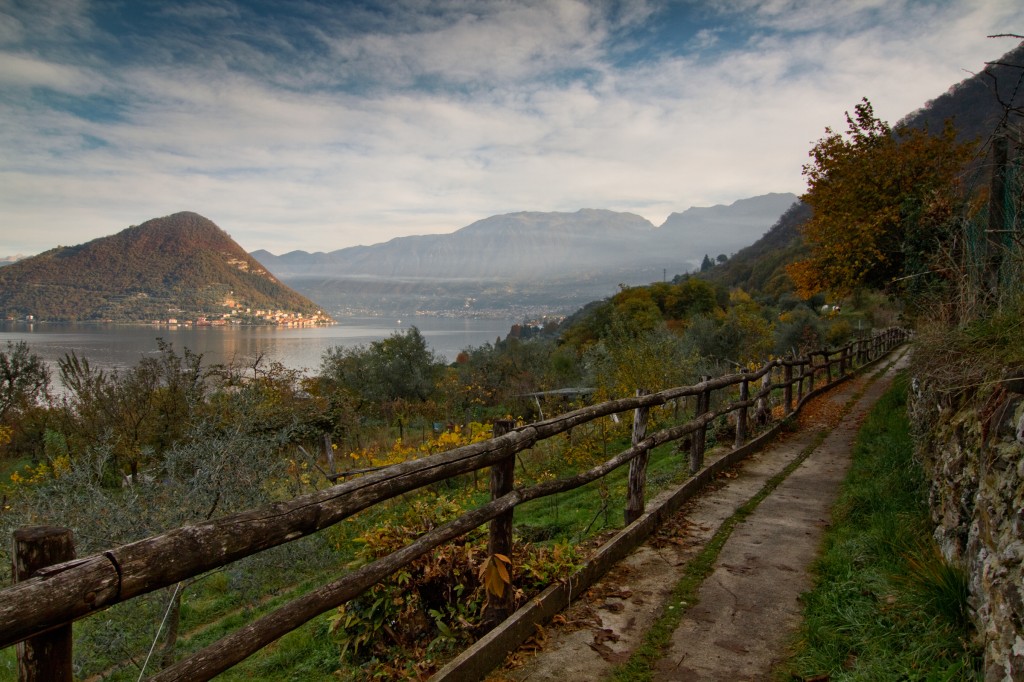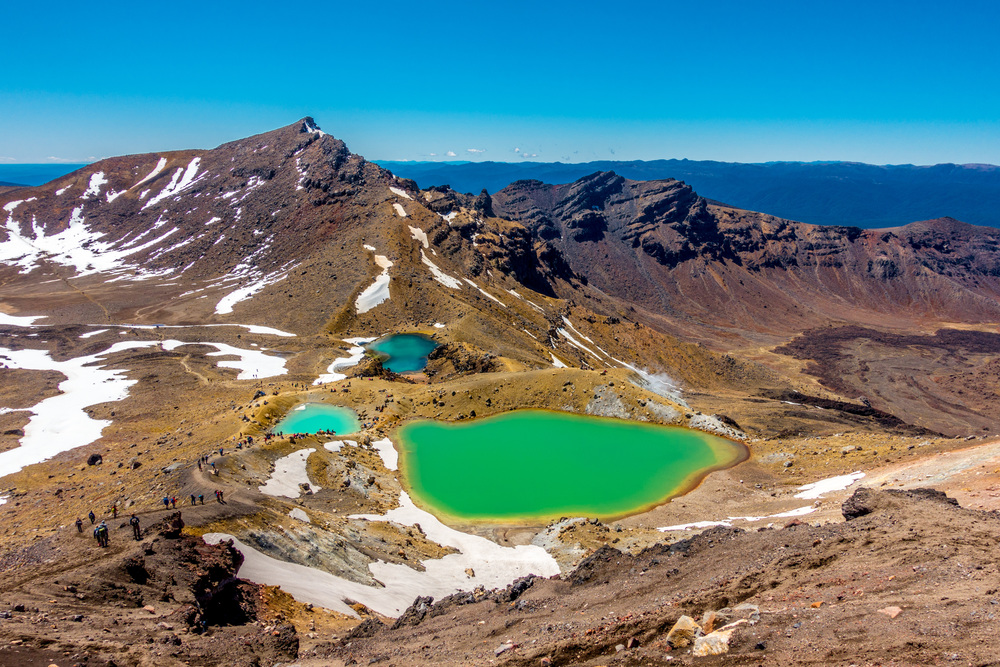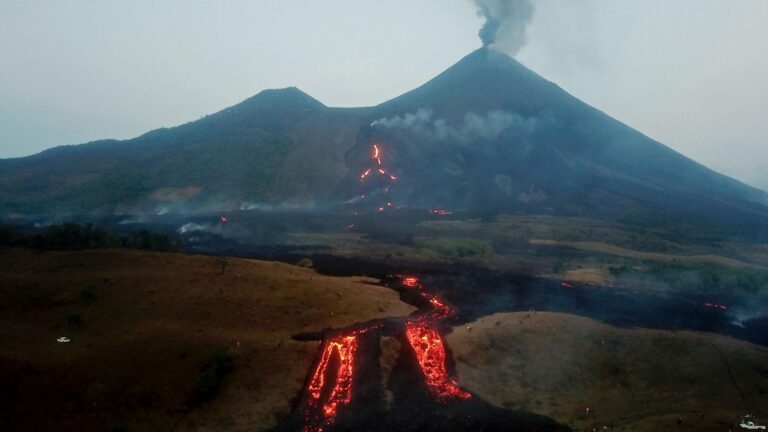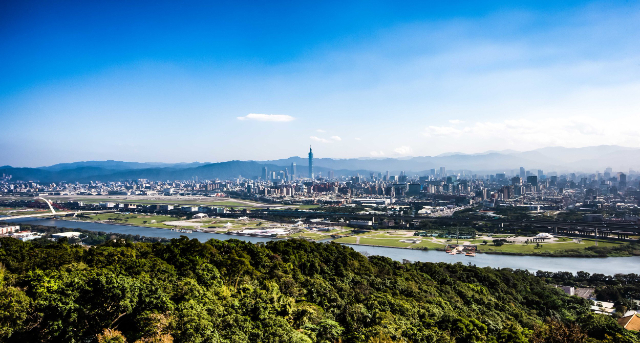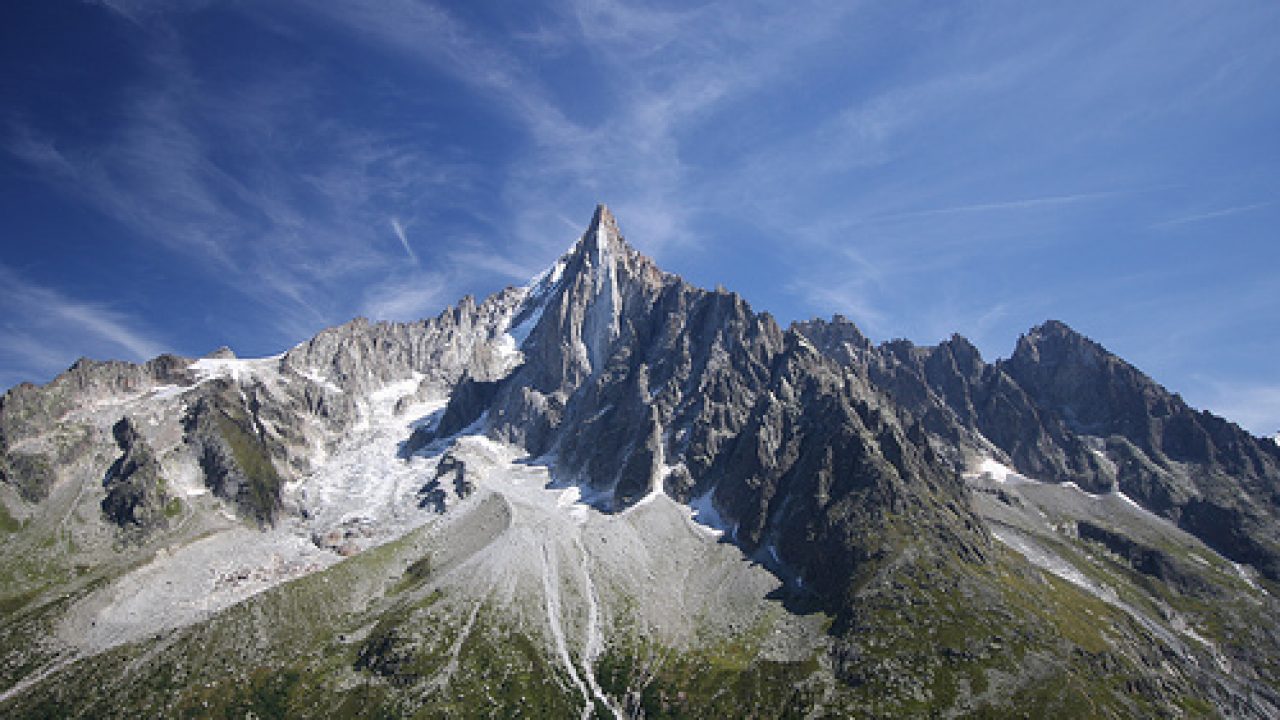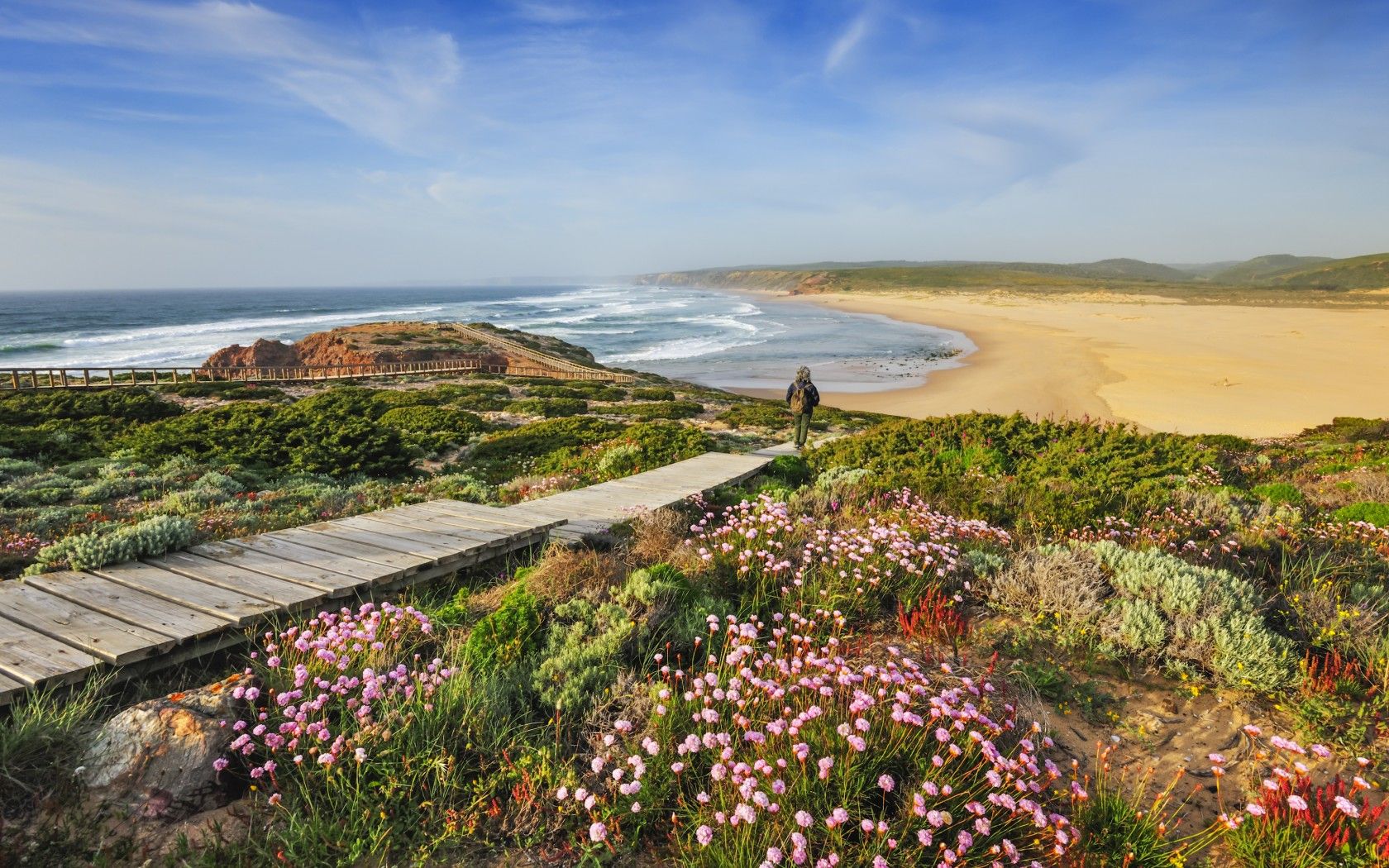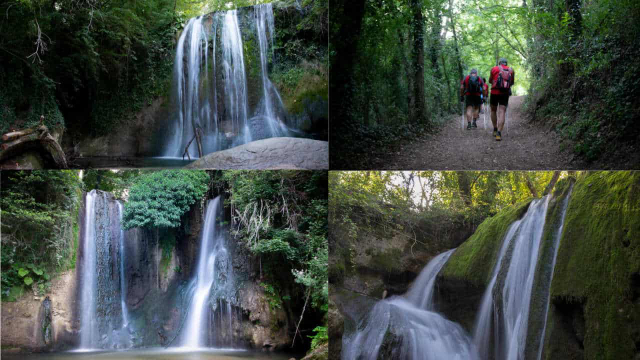With its 25/30 km of cobblestones, the Via Valeriana takes us to discover ancient villages and new settlements, giving us unique and surprising views.
The Via Valeriana until 1850 was the only connecting road between Brescia and the Camonica Valley, and tradition has it that the road was traced and traveled by the ancient Romans.
The itinerary has a total duration of about 9 hours and is a very easy walk, ideal for those who want to live a unique experience. The departure of the Via Valeriana is in Pisogne and the arrival is in Pilzone, a hamlet of Iseo.
The route is from the start well marked with a yellow and brown V, which will accompany us to the end of the trail along with numerous explanatory panels. We immediately walk a short stretch that skirts Lake Iseo and leads us to the first stop, Lavine, where the small chapel of S. Defendente stands. Continuing the walk we encounter the chapel of San Bartolomeo, which leads us to the beautiful village of Volte, where we have incredible views of the Alto Sebino, Val Cavallina and Bergamo’s Val Brolezza.
The walk continues and we enter the woods, where numerous chestnut, beech, holly and hazelnut trees grow. We thus set out to reach the highest point of the entire route, the Croce di Zone Pass, which is located at 930 meters above sea level and leads us directly toward the built-up area of Zone passing the small church of Madonna del Disgiolo. A little further on it is possible to visit the paleontological site of the footprints of Triassic archosaurs, or the ancestors of dinosaurs and crocodiles.
Passing the built-up area of Zone we come to the locality of Cislano where, past the chapel complex of the church of S. Cassiano and Ippolito, we visit the 15th-century frescoed church dedicated to S. Giorgio. The Via Valeriana continues skirting the beautiful Regional Park of the Pyramids of Zone and leads us through narrow passages built into the rock to discover ancient farmhouses. Having reached Colpiano, visited the small church of S. Bartolomeo and set off again in the direction of Pregasso, we are now halfway along the route and it is the ideal time to stop and enjoy a good lunch in a typical trattoria.
The second and final part of the Via Valeriana takes us to discover the charming medieval villages of Vesto and Massenzano where the stone and wooden houses and narrow cobbled streets transport us to a bygone era that has, however, left its mark. Among olive groves and unparalleled views of Lake Iseo and Montisola, we continue our walk until we reach the villages of Dosso, Distone and Marasino. Here we stop to admire a 15th-century church dedicated to St. Anthony Abbot. The village of Gandizzano and the church of S. Maria are what we encounter on the continuation of the Via Valeriana. With an eye on the signposts we arrive in the square of the quiet and quaint hamlet of Maspiano where the 17th-century church dedicated to St. James and a beautiful fountain with three spouts stand.
It is just a short distance to the end of the Via Valeriana, and the sun also begins to set. We pass the village of Tassano with the church of S. Fermo – patron saint of farmers – and after a few stretches of asphalt road we ride along an overpass that gives us a breathtaking view. Pilzone, a hamlet of Iseo, and the Montecolo peninsula are now visible, and all that remains is to tackle the last and evocative stretch of the ancient road.
